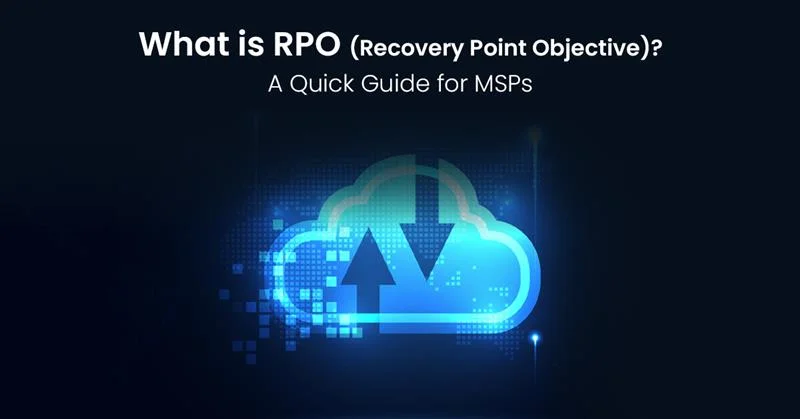While in the leadership Community of Practice session today, one of the learners made a comment that really made me think. She mentioned that her leader told her she would be responsible for an employee being unsuccessful in their role if she did not provide them with feedback. She went on to further say that if that employee was terminated from their role, due to them being unsuccessful, she was responsible for that damage to the employee’s livelihood.
At first, I wanted to argue that she couldn’t be responsible for someone else’s lack of success, but then I had to rethink that.
What is feedback?
In this organizational context, feedback is providing information about a person’s performance of a task, which is used as a basis for improvement by guiding and motivating them to reach their goals. If we follow this line of thinking, she was responsible for her employee’s failure, because she did not provide them with the appropriate information about their completion of the work, thereby not helping her employee to improve their performance by providing them with guidance and motivation.
Wow – I had never thought of it in those terms before, and now, I will never be able to not remember this every time I move forward with any performance management conversations. As a leader, I am responsible for guiding and motivating my team members to achieving their goals and being successful in their roles.
Giving feedback can be HARD!
I know that people have heard about using the sandwich method of giving feedback: positive, negative, positive feedback – but that isn’t really helpful, as it makes things muddy and unclear for the employee.
Here’s 6 key steps to enable your success when you’re providing feedback to a team member:
- Ask Permission: Ask the employee for permission to provide them with feedback. Yes, it is your role and responsibility to provide them with feedback, and by requesting their permission to do so, we are providing them with a sense of control and power.
- Be Transparent: When providing feedback, your intent should be to provide guidance and support to your employee, to enable their success in their role. It is important that you state your intent at the beginning of your conversation.
- Situation: Set the stage to describe the situation. This ensures that you can both be clear about the incident in question and provides an opportunity or the employee to provide additional information.
- Behavior: Objectively identify the behaviors or actions that were undertaken by the employee. It is key that you be neutral during this description, as we don’t want the employee to feel as if they are being attacked. Then, confirm that you have the details correct or if you are missing any information.
- Impact: Now that the stage has been set, by ensuring a shared understanding of the situation and behaviors of the employee, it is time to discuss the impact of their behavior or actions. Very few people do negative things intentionally, so it’s much more likely they didn’t foresee or anticipate the impact of their decisions.
- Positive Framing: Positive feedback is more effective than constructive. Now that you’ve gone over the situation, the behaviors, and the impact – you can begin to provide guidance. When providing this guiding feedback, reinforce the positive aspects they have already shown, and provide positive guidance about how they can improve their behavior for success.
As leaders, we own responsibility for both the successes and failures of those people on our teams, because it is a key component of a leader’s role to actively work to ensure the success of their employees by providing timely, specific, and ongoing feedback.








